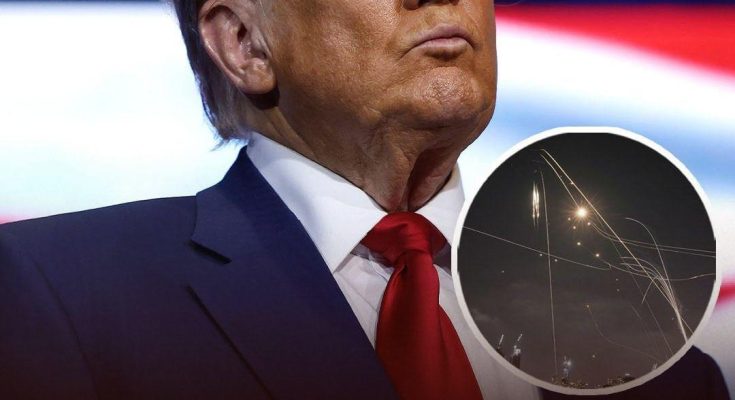
Recent spikes in internet searches for “WWIII” and “US draft age limit” reflect growing public concern amid escalating global conflicts, particularly in the Middle East. Although the United States ended compulsory military service in 1973, the Selective Service System still keeps records of about 16.4 million men aged 18 to 25 who could be called if a draft were reinstated during a national emergency. The process starts with men registering within 30 days of their 18th birthday, a legal requirement with serious penalties, including jail time and fines for non-compliance.
The draft could only be reactivated with joint approval from the President and Congress, which would require changes to the Military Selective Service Act. Once activated, the Selective Service has up to 193 days to move from record-keeping to actively drafting individuals. A lottery system, similar to that used during the Vietnam War, would randomly assign numbers to birth dates, with those having lower numbers being called first, beginning with 20-year-olds and extending to other ages if necessary.
Selected men would undergo detailed evaluations at Military Entrance Processing Stations (MEPS), including medical, psychological, vision, and hearing tests. Many may be deferred or exempted for health reasons, family circumstances, or educational commitments. Conscientious objectors could be assigned to non-combat roles or civilian service positions. Historical data indicates that over 40% of those initially called in prior drafts did not ultimately serve due to such exemptions.
Draftees might also influence their assignments by volunteering for certain military specialties, with support roles like administration and logistics generally having higher personnel needs than combat positions. Despite the readiness of the draft system, the U.S. military currently operates on a voluntary basis, and the actual number of people conscripted during a future conflict would likely be far less than the total pool of registered men.
While the draft remains a contingency plan, the infrastructure and legal framework are intact. Public understanding of the draft process is limited, given that the system hasn’t been used in nearly 50 years. However, these protocols ensure that if a draft is necessary, it would be conducted fairly, transparently, and with many options for exemptions and deferments.



